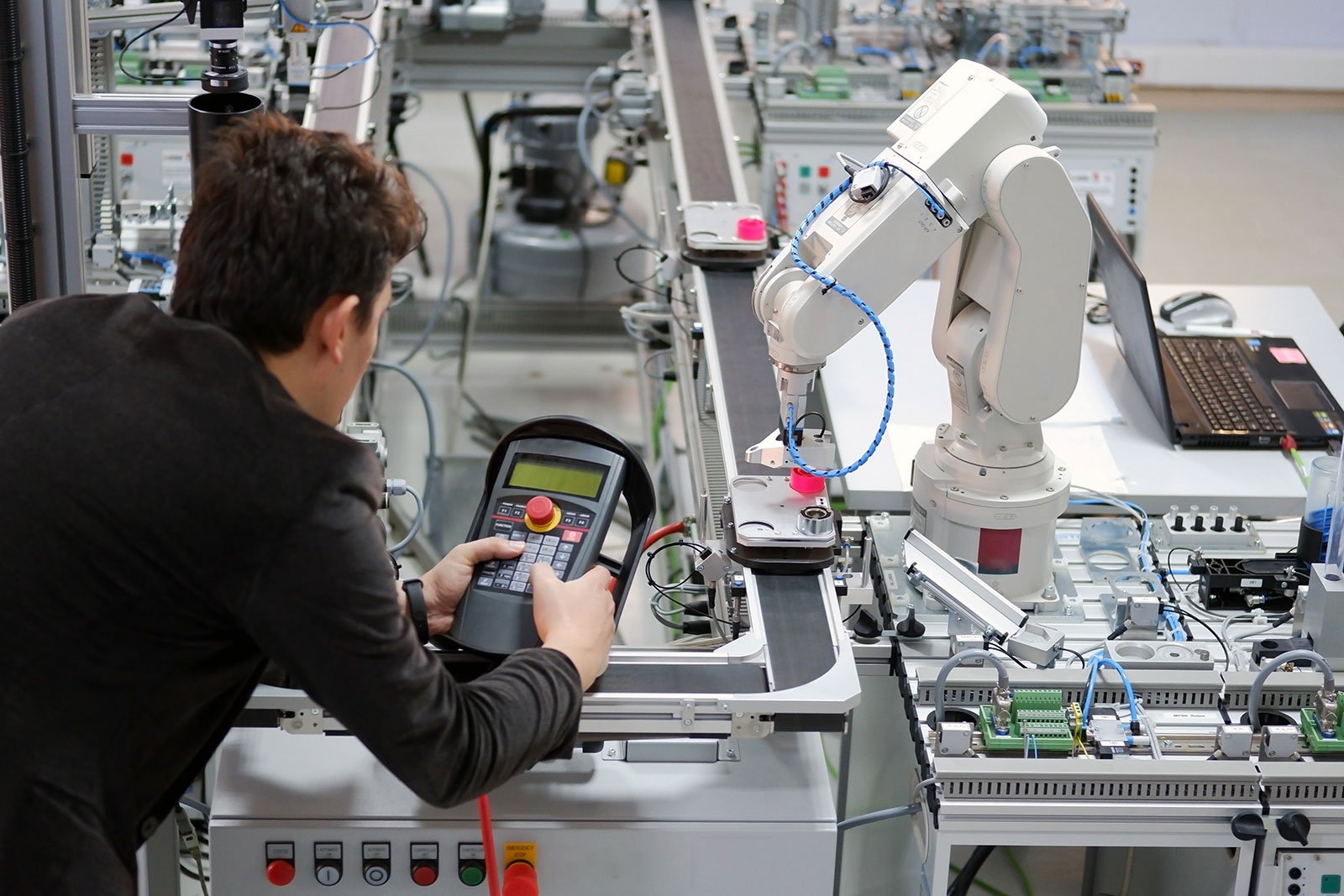Mechatronics Engineering: Where Mechanics, Electronics, and Computing Converge
Mechatronics engineering represents the confluence of mechanical engineering, electronics, and computer science, creating a dynamic and interdisciplinary field that drives innovation in modern technology. In this overview, we will delve into the origins, core components, applications, educational paths, and future trends of mechatronics engineering.
Origins and Evolution: Tracing the Path to Integration
Mechatronics engineering, a term coined in the late 20th
century, represents a pivotal moment in the evolution of engineering
disciplines. It emerged as a response to the increasing interdependence of
mechanical and electronic engineering, fueled by the realization that the
integration of computing elements could unlock unprecedented capabilities.
Core Components: A Symphony of Mechanical and Electronic
Harmony
At its core, mechatronics engineering is characterized by
the seamless integration of mechanical systems, electronics, control systems,
and computer science. This harmonious blend enables the creation of intelligent
systems with capabilities beyond the scope of individual engineering domains.
From precision control to adaptability, mechatronics exemplifies the synergy of
diverse engineering principles.
Applications Across Industries: Powering Innovation in
Diverse Sectors
The applications of mechatronics span a myriad of
industries, each benefiting from the unique capabilities it brings to the
table. In manufacturing, mechatronics powers automated production lines and
robotic systems, revolutionizing efficiency and productivity. The automotive
sector witnesses advancements in advanced driver-assistance systems and the
proliferation of electric vehicles, thanks to mechatronics contributions.
Healthcare embraces mechatronics through medical robotics and cutting-edge
prosthetics, while aerospace relies on it for avionics and the development of
unmanned aerial vehicles (UAVs).
Educational Paths: Nurturing the Future of Mechatronics
Engineers
The journey into mechatronics engineering typically begins
with a focused educational path. Aspiring engineers embark on obtaining a
bachelor's or master's degree in mechatronics engineering or a closely related
field. This educational foundation equips them with the diverse skill set
required to navigate the complexities of this interdisciplinary domain.
Skills and Competencies: Mastering the Art of
Multidisciplinary Excellence
Successful mechatronics engineers embody a unique blend of
technical proficiency and problem-solving prowess. Mastery in mechanics,
electronics, and programming is coupled with the ability to analyze and solve
complex interdisciplinary challenges. These individuals serve as architects of
intelligent systems, capable of pushing the boundaries of technological
innovation.
Importance in Modern Technology: Shaping the Digital Era
As we traverse the digital era, mechatronics engineering
takes center stage in the development of smart systems, IoT devices, and
automation solutions. Its influence permeates various industries, contributing
to the creation of interconnected and intelligent systems that redefine the
technological landscape.
Challenges and Innovations: Navigating Complexities
Toward Progress
The interdisciplinary nature of mechatronics engineering
presents challenges related to collaboration across different domains. However,
ongoing innovations in artificial intelligence (AI) and sensor technologies
continue to propel the field forward, overcoming hurdles and pushing the
boundaries of what is possible.
Career Opportunities: Forging Paths Across Industries
Mechatronics engineers find themselves at the heart of
exciting career prospects. Industries such as manufacturing, automotive,
healthcare, and aerospace eagerly seek their expertise. These engineers
contribute to the design and implementation of cutting-edge technologies that
shape the future of these sectors.
Future Trends: Integrating Emerging Technologies
The future of mechatronics engineering is marked by the
integration of emerging technologies. Artificial intelligence, machine
learning, and the Internet of Things (IoT) are becoming integral components,
enhancing the capabilities of mechatronic systems. This evolution positions
mechatronics as a driving force behind the next wave of technological
advancements.
Industry Impact: Accelerating Innovation Across Sectors
Mechatronics engineering leaves an indelible mark on various
industries, accelerating innovation, improving efficiency, and enhancing
overall capabilities. Its interdisciplinary nature allows mechatronics to
address complex challenges through holistic and integrated solutions, making it
an indispensable contributor to the industry's ever-evolving landscape.
In conclusion, mechatronics engineering stands as a beacon
of innovation, where the union of mechanics, electronics, and computing creates
intelligent systems that propel us into a future defined by technological
excellence. As industries continue to embrace the possibilities that
mechatronics brings, the field remains at the forefront of engineering, shaping
the way we interact with and harness technology.
FAQs - Mechatronics Engineering
- What
is mechatronics engineering?
Mechatronics engineering
integrates mechanics, electronics, and computer science to create intelligent
systems.
- What
are the core components of mechatronics?
Mechatronics combines mechanical
systems, electronics, control systems, and computer science.
- Where
are mechatronics applications found?
Applications span manufacturing,
automotive (driver assistance, EVs), healthcare (medical robotics), and
aerospace (avionics, UAVs).
- How
to become a mechatronics engineer?
Pursue a bachelor's or master's
degree in mechatronics engineering or a related field.
- Essential
skills for mechatronics engineers?
Technical proficiency in
mechanics, electronics, and programming; strong problem-solving abilities.

Comments
Post a Comment